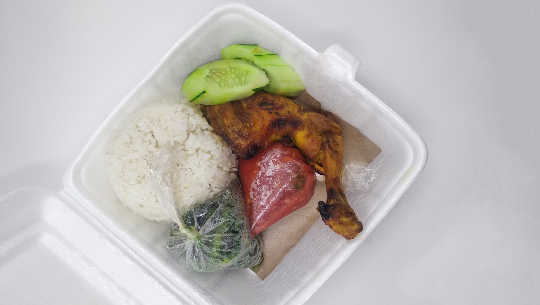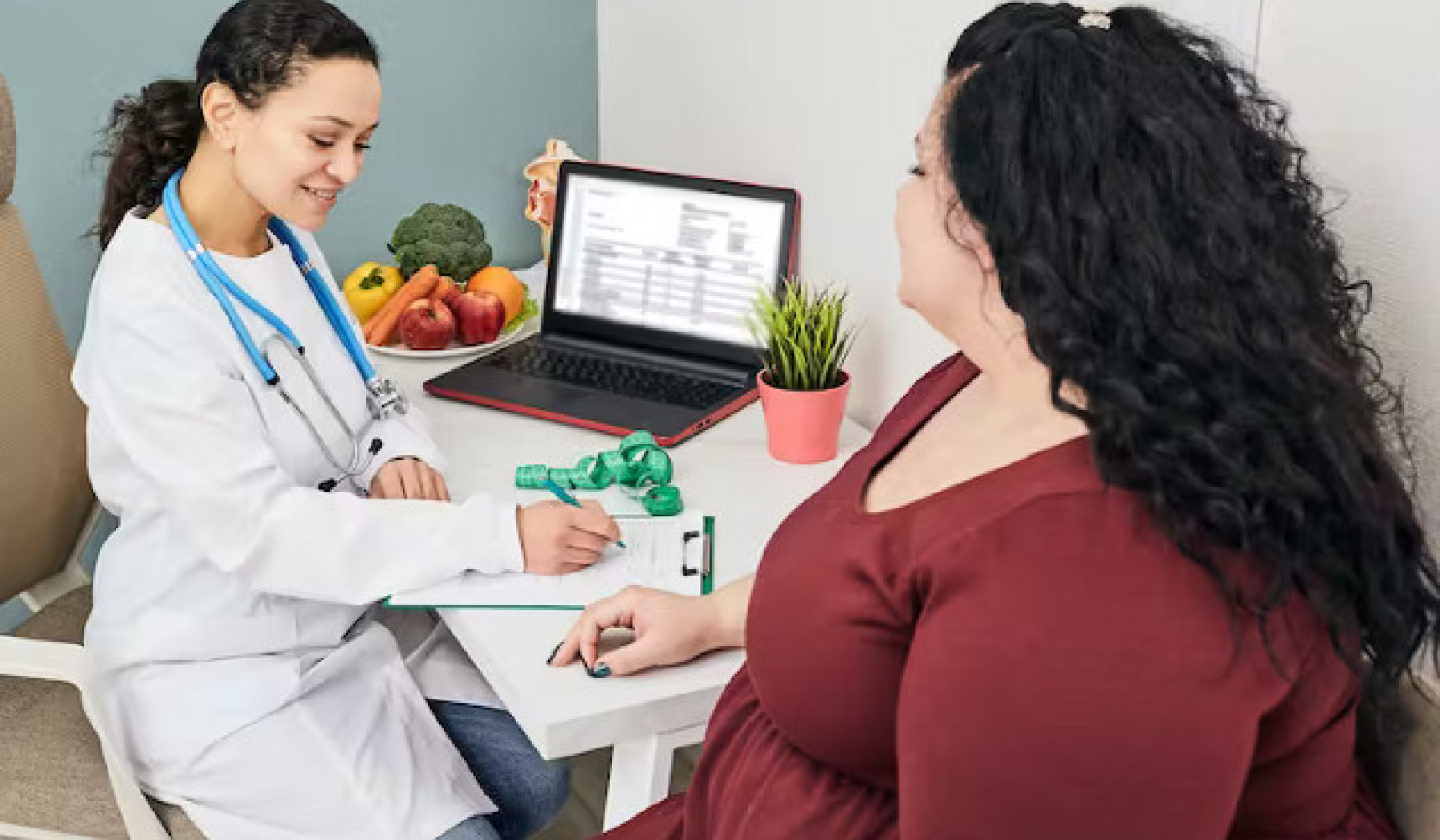

Urban Soil Is Often Overlooked As A Resource
Sunday, 02 May 2021 08:18When you think about soil, you probably think of rolling fields of countryside. But what about urban soil? With city dwellers expected to account for 68% of the world’s population by 2050, this oft...

Asthma and Diet: The Impact of Food on Your Lung Health
Tuesday, 25 July 2023 17:28Certain foods or dietary patterns are linked with better control of your asthma. Others may make it worse. Depending on what you’ve eaten, you can see the effects in hours.

Volunteering in Late Life: A Shield Against Cognitive Decline and Dementia
Tuesday, 25 July 2023 16:09Volunteering in late life may be more than just a noble act of giving back to the community; it could be a critical factor in safeguarding the brain against cognitive decline and dementia.

Obesity Epidemic: Biology, Not Willpower, to Blame
Monday, 24 July 2023 19:42Today, mountains of calorie-rich (and often nutritionally poor) food and lakes of sugary beverages are readily available in much of the world. It’s no longer necessary to leave home — or even stand...

5 Things That Can Interfere with Clear Interspecies Communication
Tuesday, 18 May 2021 16:15In my blog posts, free resources, and courses, I talk a lot about the things that we can do to support and develop our inborn, natural interspecies communication abilities. In this post, I...

Beating the Heat: How to Train Your Body for Hot Weather Outdoors
Thursday, 27 July 2023 20:13How to train your body for hot weather if you are active or work outdoors Heat exposure is inevitable for those who work or are active outdoors. (Shutterstock) Global warming is making outdoor...


